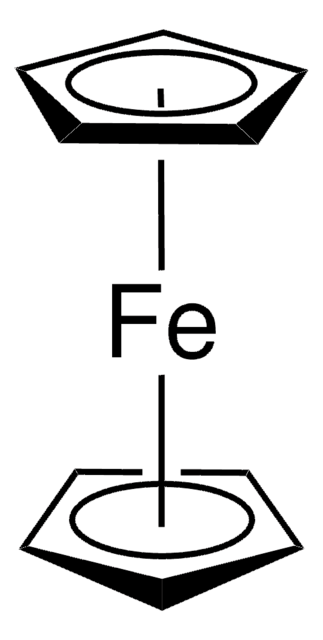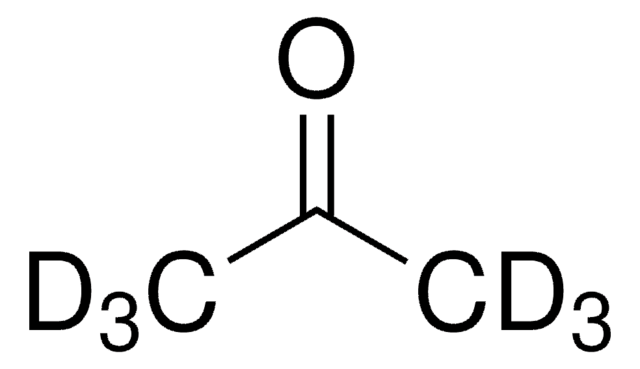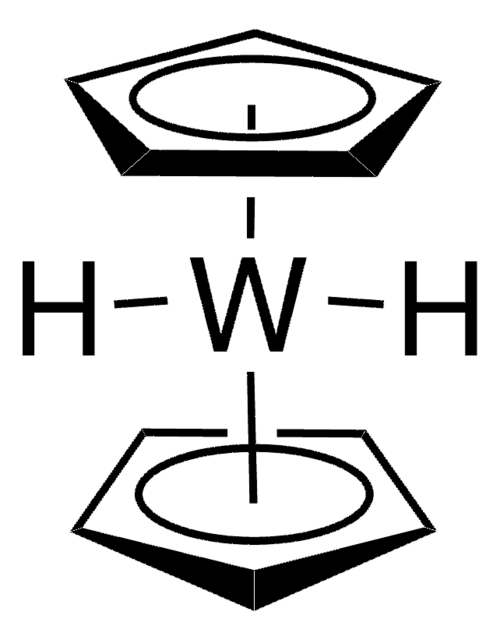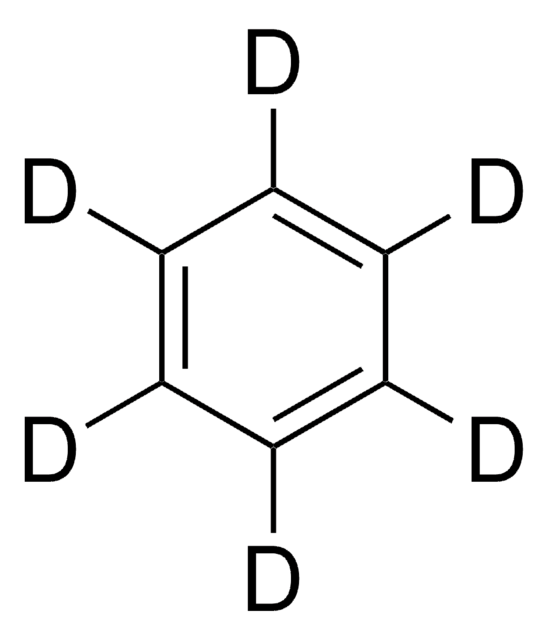151807
Acetonitrile-d3
≥99.8 atom % D
Synonym(s):
Methyl-d3 cyanide, Trideuteroacetonitrile
About This Item
Recommended Products
isotopic purity
≥99.8 atom % D
Quality Level
Assay
≥99% (CP)
form
liquid
expl. lim.
3.0-16 % (lit.)
technique(s)
NMR: suitable
impurities
≤0.0200% water
water
refractive index
n20/D 1.341 (lit.)
bp
80.7 °C (lit.)
mp
-46 °C (lit.)
Looking for similar products? Visit Product Comparison Guide
General description
Application
Recommended products
accessory
Signal Word
Danger
Hazard Statements
Precautionary Statements
Hazard Classifications
Acute Tox. 4 Dermal - Acute Tox. 4 Inhalation - Acute Tox. 4 Oral - Eye Irrit. 2 - Flam. Liq. 2
Storage Class Code
3 - Flammable liquids
WGK
WGK 2
Flash Point(F)
35.6 °F - closed cup
Flash Point(C)
2.00 °C - closed cup
Choose from one of the most recent versions:
Already Own This Product?
Find documentation for the products that you have recently purchased in the Document Library.
Articles
Use this reference table to find the coupling values and chemical shifts of our NMR (deuterated) solvents. Melting and boiling points, molecular weight, density, and CAS number are also listed.
Related Content
NMR spectroscopy elucidates molecular structure and purity via nuclear spin states in a strong magnetic field.
NMR spectroscopy elucidates molecular structure and purity via nuclear spin states in a strong magnetic field.
NMR spectroscopy elucidates molecular structure and purity via nuclear spin states in a strong magnetic field.
NMR spectroscopy elucidates molecular structure and purity via nuclear spin states in a strong magnetic field.
Our team of scientists has experience in all areas of research including Life Science, Material Science, Chemical Synthesis, Chromatography, Analytical and many others.
Contact Technical Service








